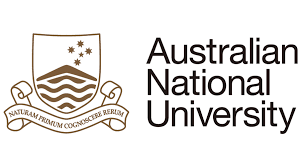Australian National University: Ancestral Dormant Genes Could Be Driving Cancer
Conventional wisdom holds that cancer is driven by random mutations that create aberrant cells that run amok in the body.
In a new paper published this week in the journal BioEssays, researchers from The Australian National University and Arizona State University challenge this model.
Instead, they argue cancer is a type of genetic throwback that progresses via a series of reversions to ancestral forms of life.
In contrast with the conventional model, the researchers say the distinctive capabilities of cancer cells are not primarily generated by mutations but are pre-existent and lie dormant in normal cells.
Associate Professors Charley Lineweaver and Anneke Blackburn at ANU teamed up with Arizona researchers Paul Davies and Kimberly Bussey to propose what they call the Serial Atavism Model (SAM) of cancer. This model suggests that cancer occurs through multiple steps that resurrect ancient cellular functions.
Such functions are retained by evolution for specific purposes such as embryo development and wound healing and are usually turned off in the adult form of complex organisms.
But these old genes can be turned back on often through damage to the systems that kept them turned off. It is the resulting resurrection steps, or atavistic reversions, that give cancer cells the ability to survive, proliferate, resist therapy and metastasize, the researchers say.
“In biology, nothing makes sense except in the light of evolution. And in the case of cancer, nothing makes sense except in the light of the deep evolutionary changes that occurred as we became multicellular organisms,” Associate Professor Lineweaver said.
Co-author, Associate Professor Blackburn said: “Appreciation of the importance of gene ages is growing among oncologists and cancer biologists.
“A better understanding of cancer will develop from considering alternative models like this. Now we need to use this insight to develop novel therapeutic strategies.

